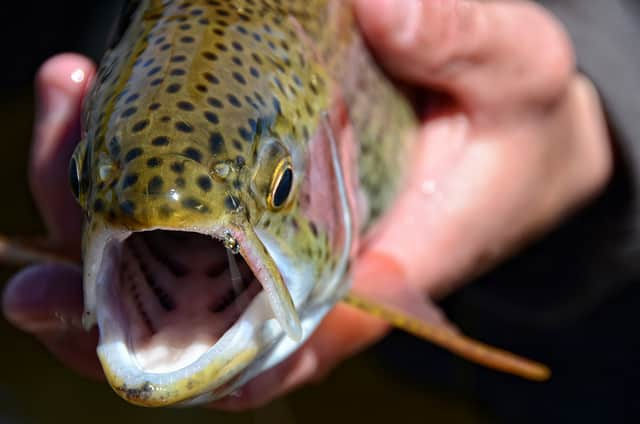Whirling Disease-resistant Trout Being Stocked in Colorado River
OutdoorHub Reporters 10.12.12

A large number of fish were killed earlier this year in the Colorado River because of extremely high heat over the summer. Trout were especially affected since they are susceptible to whirling disease, which is present in the Colorado River. While the disease itself does not kill trout, deformations and erratic behavior stemming from the disease can be fatal.
Whirling disease is a parasitic disease that causes trout and salmon to develop deformities of the skull and spinal column or begin erratically chasing their tails, hence the name, “whirling disease.” Young trout typically die within three to six months after infection. The parasite that causes the disease originated in Europe where most trout and salmon have developed a resistance to the parasite.
In light of reports from anglers that trout populations have declined and that fishing has been unproductive, on October 9 the Colorado Parks and Wildlife Department began stocking whirling disease-resistant trout, or Hofer rainbow trout, into the Colorado River.
“Stocking these Hofer rainbows will not only replenish the population; it will establish a whirling disease resistant fish that anglers can enjoy into the future,” said Aquatic Biologist Kendall Bakich in a press release.
The press release states, “Hofer rainbow trout originated from the Kamloops rainbow trout found in the Columbia River system. In the late 1800s, these fish were transported to Germany where they were grown as food fish in local hatcheries. Because whirling disease is common in Germany, the fish were reared in whirling disease-positive waters. Over time, this strain developed a resistance to the parasite.”
For more information, please go to http://wildlife.state.co.us/Fishing/Management/Pages/WhirlingDisease.aspx.

